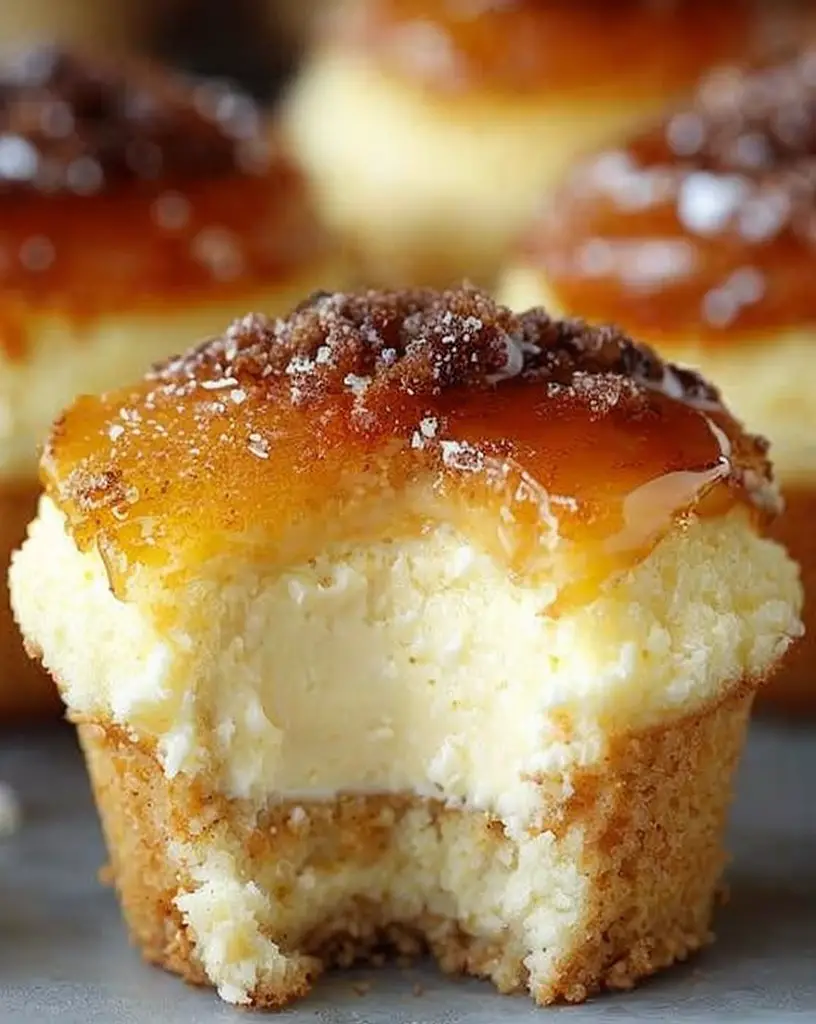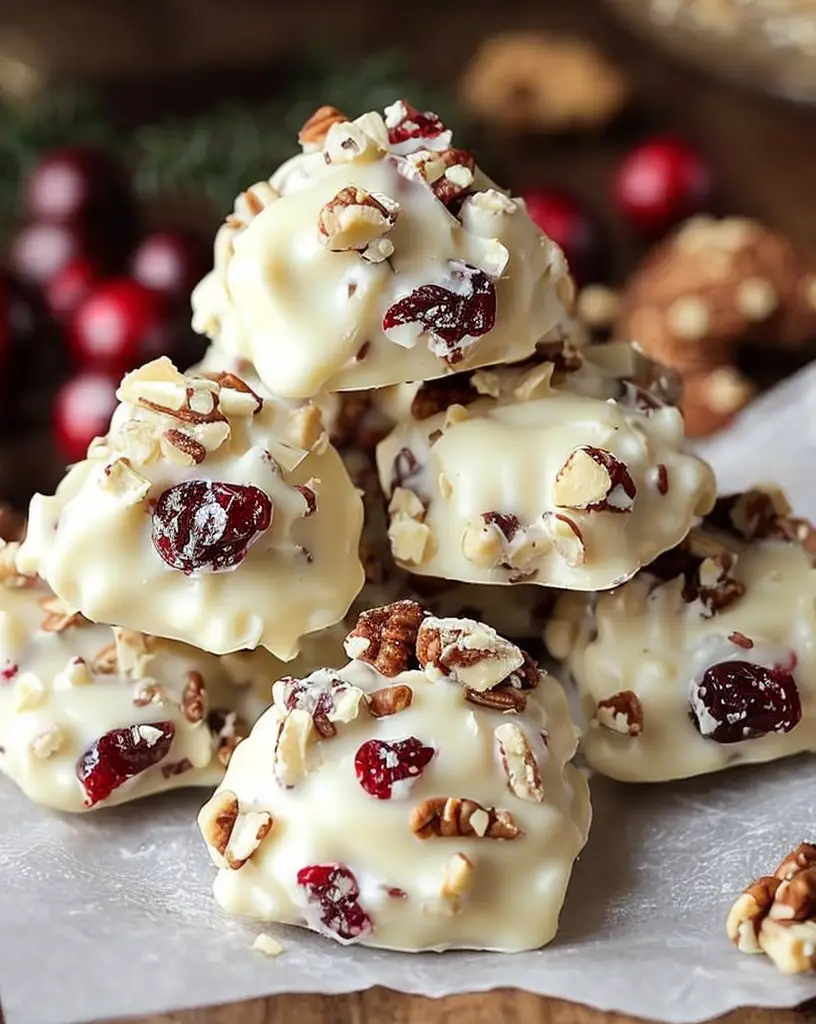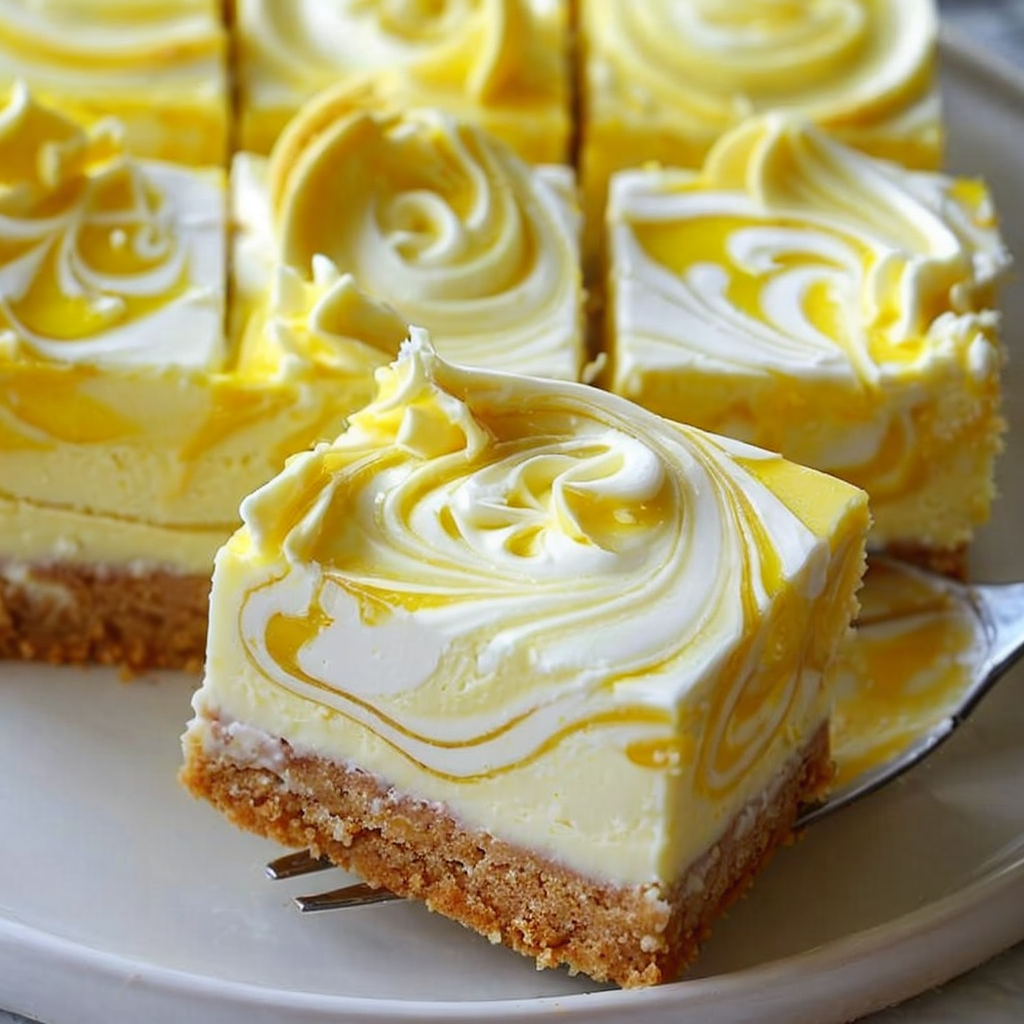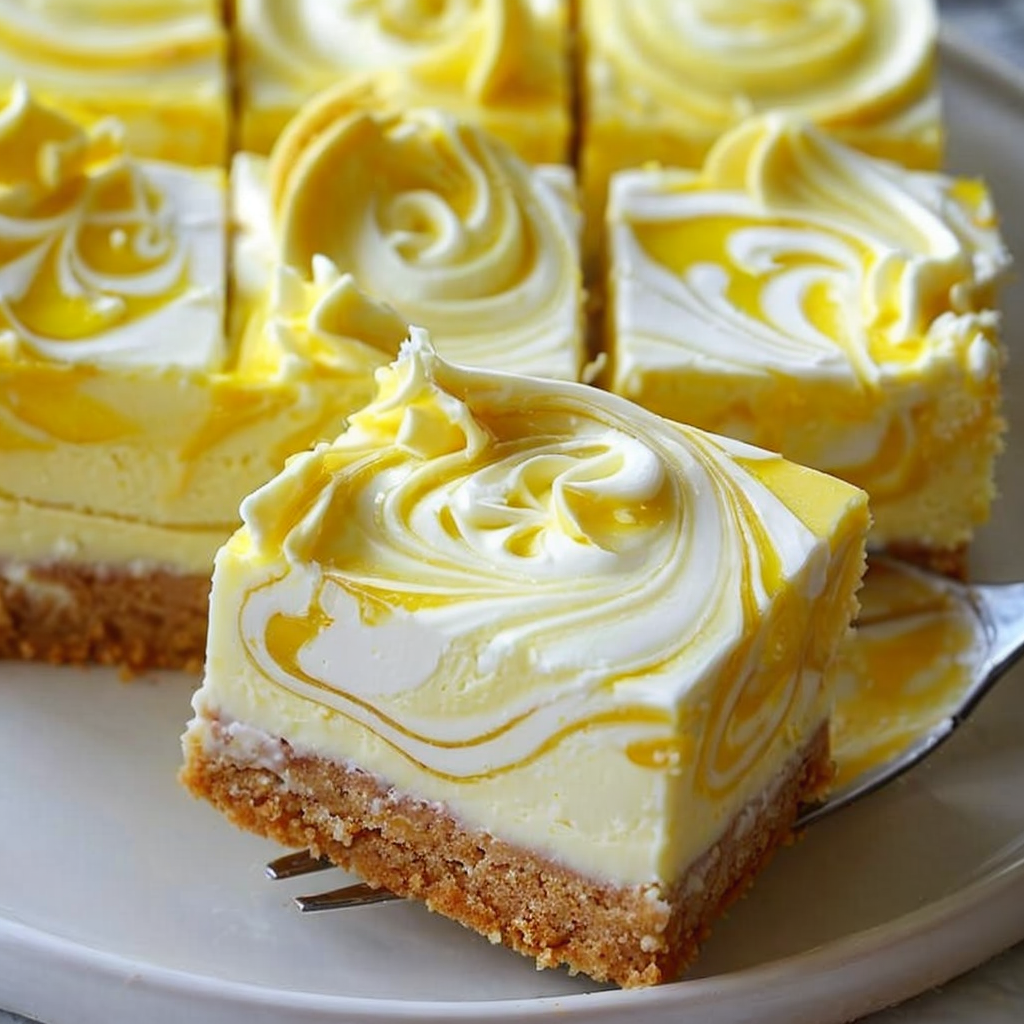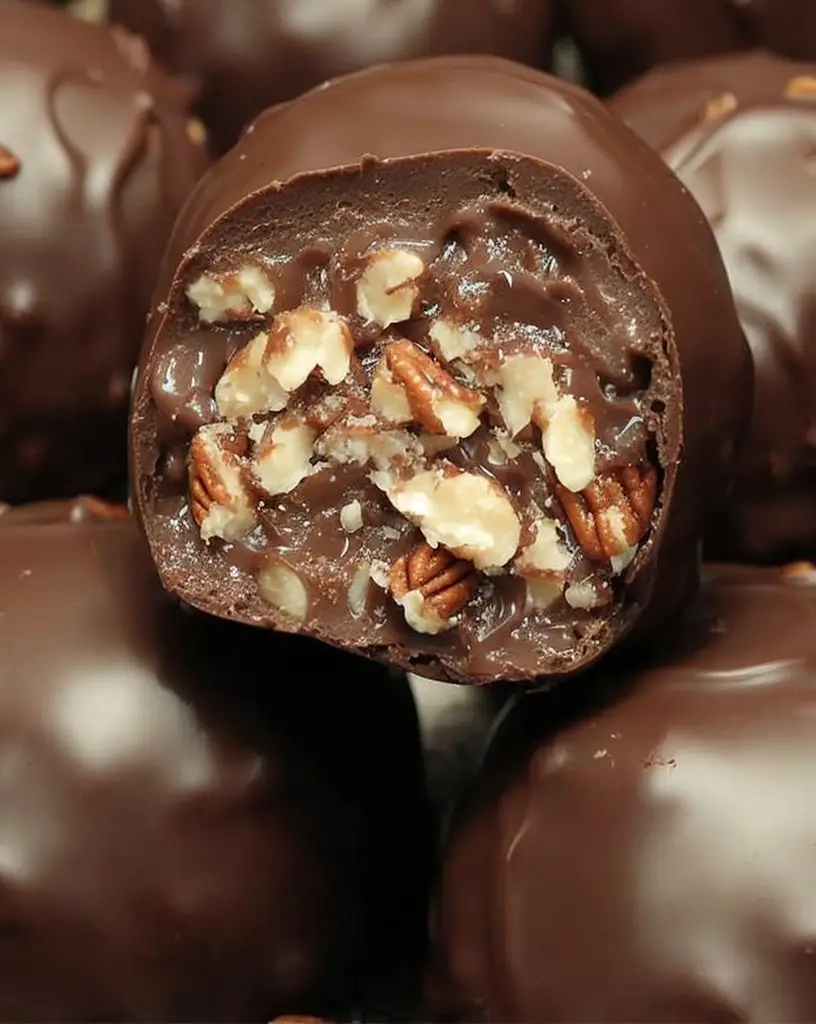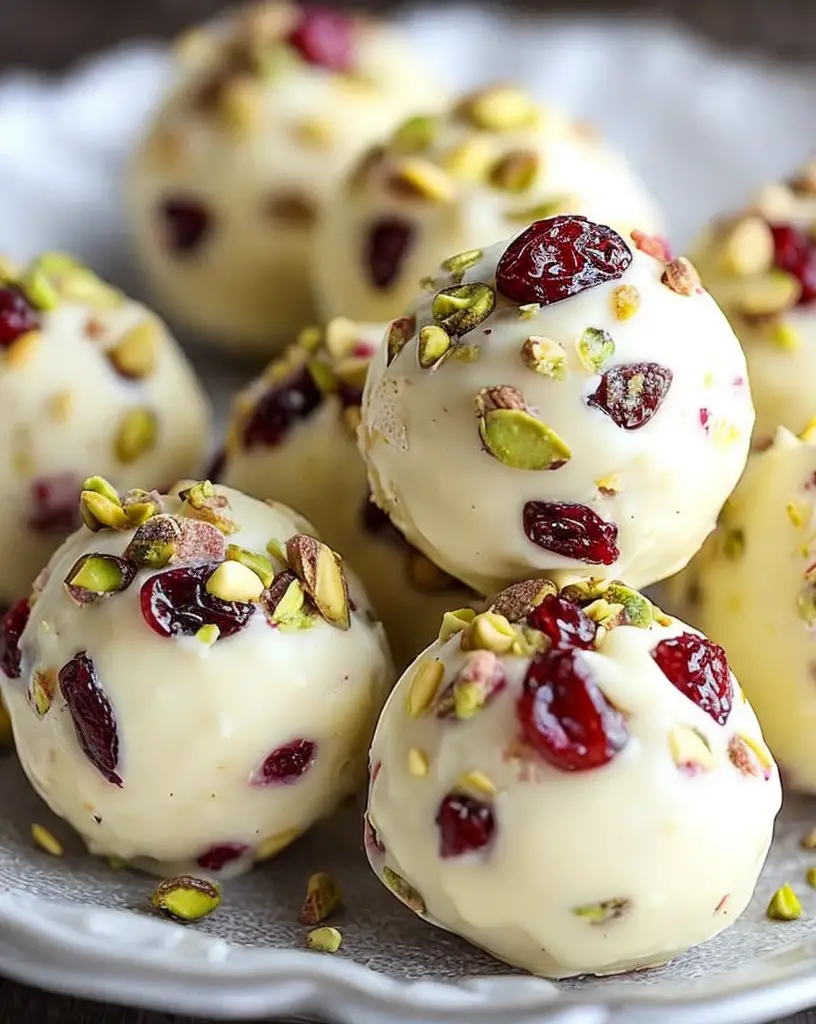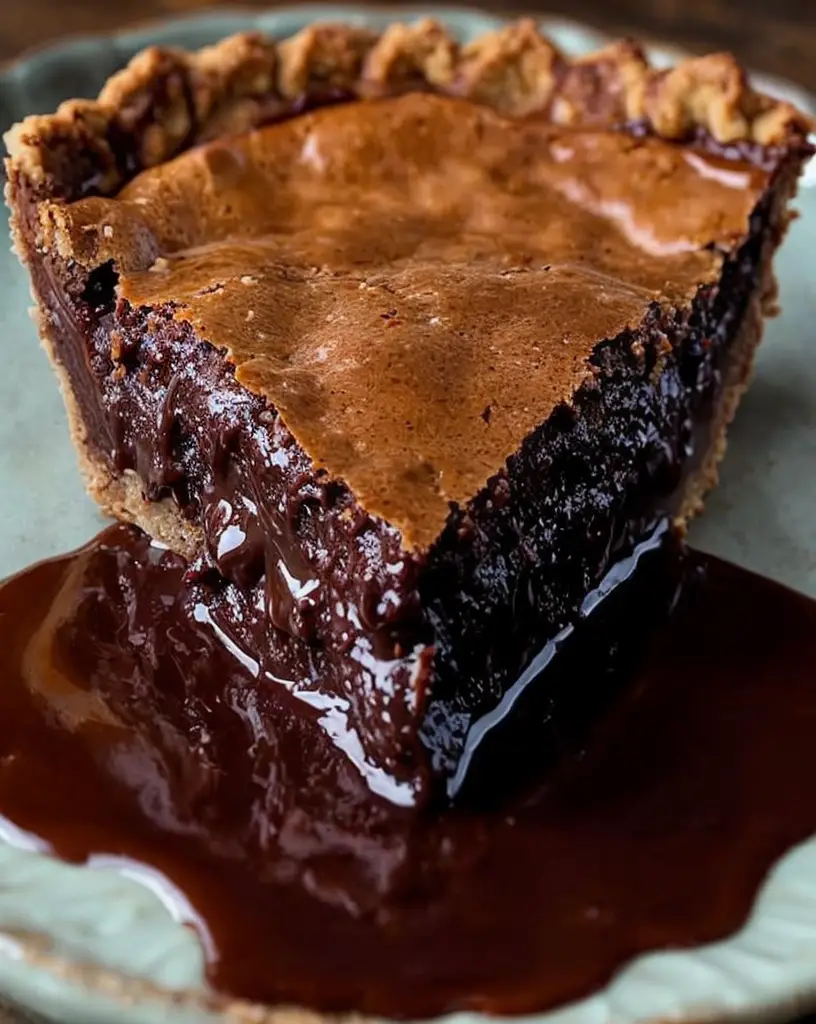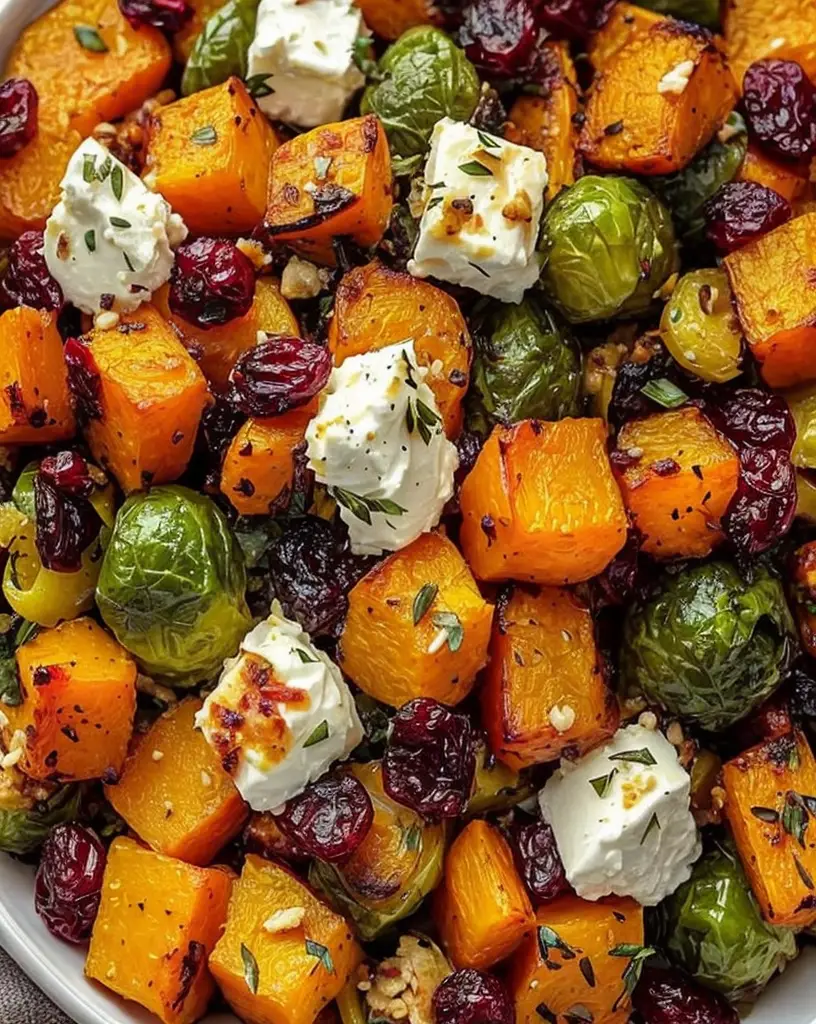Vanilla Bean Crème Brûlée Cheesecake Cupcakes
Prepare to indulge in a symphony of creamy textures and decadent flavors with these Vanilla Bean Crème Brûlée Cheesecake Cupcakes. Infused with real vanilla bean and topped with a perfectly caramelized sugar crust, this dessert is a sophisticated twist on the classic cheesecake, seamlessly merging with the irresistible allure of crème brûlée. Perfect for a special occasion or an exquisite treat at home, these cupcakes promise to bring elegance and a gourmet touch to your dessert table.
Whisk yourself away to a world where crème brûlée and cheesecake unite to create a heavenly cupcake experience. The smoothness of cream cheese blended with the aromatic richness of genuine vanilla, enshrined within a delicate crispy sugar crust, captivates with every bite. Whether you’re a keen baker or new to the kitchen, follow our comprehensive guide to master these Vanilla Bean Crème Brûlée Cheesecake Cupcakes.
Quick Recipe Highlights
- Flavor Profile: Rich vanilla bean essence with a sweet and slightly burnt aftertaste from the caramelized sugar
- Texture: Creamy cheesecake filling with a contrasting crunchy sugar topping
- Aroma: Intense vanilla with a hint of caramelized sugar
- Visual Appeal: Elegant golden-brown sugar crust atop a smooth ivory cheesecake
- Skill Level Needed: Intermediate – requires basic baking skills and attention to sugar caramelization
- Special Equipment: Kitchen torch for sugar caramelization, muffin tin, baking liners
Recipe Overview
- Difficulty Level: Intermediate due to the precision needed in caramelizing sugar without burning
- Category: Dessert, Cupcake
- Cuisine: Fusion of French and American influences
- Cost: Moderately priced; key ingredients include cream cheese and vanilla beans
- Season: Suitable for year-round enjoyment, particularly festive during holidays
- Occasion: Ideal for celebrations, special occasions, or sophisticated dinner parties
Why You’ll Love This Recipe
Experience the perfect combination of taste and texture with these Vanilla Bean Crème Brûlée Cheesecake Cupcakes. The rich flavor of vanilla beans paired with the creamy texture of cheesecake and the satisfying crunch of caramelized sugar creates a sensory delight that’s as enjoyable to eat as it is to prepare.
Convenience is another aspect you’ll appreciate. While achieving the perfect sugar crust requires a bit of technique, our detailed guide ensures you achieve culinary success, transforming these cupcakes into an attainable luxury.
Nutritionally, these cupcakes provide a delightful indulgence, balancing indulgence with the natural aromatic properties of vanilla. They work wonderfully as a show-stopping dessert for dinner parties or a sweet little treat during an intimate gathering.
The accessibility of ingredients, readily available in most grocery stores, ensures these cupcakes can be crafted without hassle, while the cost remains reasonable. Offering an opportunity to impress without extravagant spending speaks to the versatile joy of baking.
Historical Background and Cultural Significance
These cupcakes celebrate the marriage of two beloved desserts: crème brûlée, with French roots dating back to the 17th century, and cheesecake, cherished globally. The crème brûlée element, marked by its divine sugar crust, signifies elegance and sophistication, making it a staple in French cuisine, often reserved for special occasions.
Cheesecake, with origins traced to ancient Greece, has evolved over centuries through various cultures, each adding its unique twist. Its popularity exploded in America, leading to endless variations and interpretations.
By combining cheesecake with the exquisite elements of crème brûlée, this recipe offers not just a dessert but a story of cultural fusion. Regional variations often adapt dessert favorites to local taste preferences, blending classic techniques with modern culinary innovation.
Ingredient Deep Dive
Vanilla Beans: Known for their aromatic depth, vanilla beans elevate desserts from ordinary to extraordinary. Nutritionally, they offer antioxidants, and selecting plump, moist pods ensures quality. Store them in an airtight container, away from light and heat.
Cream Cheese: A cheesecake staple, its creamy texture and subtle tanginess provide the perfect base. Opt for full-fat versions for the richest flavor and smoothest consistency. It’s best stored refrigerated and wrapped securely to maintain freshness.
Eggs: Essential for structure and richness in cheesecakes, use fresh, room-temperature eggs to achieve a cohesive batter. Consider organic or free-range for the best flavor profile. Storage should always be in the fridge to maintain safety and quality.
Common Mistakes to Avoid
- Over-beating the batter: Prevents cracks by gently folding ingredients.
- Ignoring room temperature ingredients: Ensures a smooth, lump-free batter.
- Skipping water bath: Helps provide gentle, even cooking.
- Over-caramelizing the sugar: Only caramelize until just golden.
- Undercooking cupcakes: Check for a slight wobble in the center when baking.
- Using inferior vanilla: Compromises the complex flavor profile.
- Incorrect storage: Always refrigerate leftovers promptly.
- Forgetting to cool properly: Ensures texture consistency and flavor development.
- Not using a torch: Gives the signature caramelized crust from proper scorching.
- Opening the oven door too often: Maintains even temperature and texture.
Essential Techniques
Mastering the water bath method is vital in this recipe, creating the even, gentle heat necessary for preventing cracks and ensuring an incredibly creamy texture. To do this, place a pan of water on the lowest oven shelf below the cupcakes, inducing a moist environment.
Caramelizing sugar neatly requires practice. Start by sprinkling an even sugar layer over the cooled cupcakes, then torch it evenly until just golden brown, avoiding any excessive burning. This technique creates both the protective crust and a striking taste contrast.
Pro Tips for Perfect Vanilla Bean Crème Brûlée Cheesecake Cupcakes
– Use high-quality vanilla beans for the richest flavor and aromatic essence.
– Mix the batter just until combined to avoid incorporating excess air, which can prevent cracking.
– Ensure your cream cheese is at proper room temperature for a smooth batter texture.
– Avoid baking at excessively high heat to prevent drying and cracking.
– Allow the cupcakes to cool slowly in the oven with the door slightly ajar.
– Torch the sugar just before serving for maximum texture contrast.
– Serve chilled for optimal flavor development and texture integrity.
– Pair with a hint of citrus zest for additional flavor complexity.
Variations and Adaptations
Explore regional variants by incorporating local spices or essences into the cheesecake batter, such as cardamom, nutmeg, or lavender, for a regional flair.
Seasonal adaptations can include fresh summer berries or spiced winter nuts atop the sugar crust, imparting a seasonal vibe to the dish.
Adapting to dietary needs, you can create gluten-free versions using almond or oat-based crusts or low-carb variations by substituting traditional sugar with low-glycemic alternatives.
For a flavor twist, consider infusing caramel or chocolate into the cheese mixture, adding layers of complexity to every bite. The texture can also be altered by including a chewy cookie crust instead of classic graham crackers.
Serving and Presentation Guide
For serving, refrigerate cupcakes overnight to set flavors, then bring to room temperature before caramelizing the sugar. Consider garnishing with a sprig of mint or fresh berries for a pop of color.
For plating, use brightly colored or intricately designed dessert plates to enhance the aesthetic appeal of the caramel crust. Serve with a complementary sauce, such as raspberry coulis or chocolate ganache, for added indulgence.
Take advantage of individual portions to simplify presentation and portion control, ensuring an effortlessly elegant presentation with each delightful serving.
Wine and Beverage Pairing
Complement these cupcakes with a dessert wine such as Sauternes or a late-harvest Riesling, where the sweetness and acidity accentuate the vanilla notes while balancing the sugar’s caramelized richness.
For non-alcoholic alternatives, vanilla or chai-spiced tea highlight the cupcakes’ warm notes, while a creamy espresso complements the cheesecake’s depth and richness.
If serving with coffee, choose a light to medium roast, balancing the dessert’s richness with a clean, aromatic finish, or an iced coffee for refreshing contrast.
Storage and Shelf Life
Store them in an airtight container in the refrigerator for up to 4 days. Be cautious of humidity, which may dissolve the caramelized sugar topping, causing textural changes.
For pre-reheating instructions, ensure cupcakes reach room temperature before enjoying, as this preserves the flavor body and palate experience. The sugar topping should always be torched fresh to maintain its crispy shell.
For extended storage, wrap cupcakes individually in plastic wrap, place in a freezer-safe bag, and freeze up to 3 months. Avoid freezing the caramelized topping; prepare fresh after defrosting for best results.
Make Ahead Strategies
Prepare the cupcakes in advance, baking and cooling as directed, then refrigerate without caramelizing the sugar. Just before serving, apply sugar to the surface and torch for a freshly prepared appearance.
To offer fresh elements, consider adding zest or garnishes immediately before serving to maintain vibrancy and sensory appeal, without disruptive preparation before guests arrive.
Carefully plan each step, utilizing a prep timeline, to coordinate process efficiencies. Plan for adequate cooling time, ensuring optimal flavor and aesthetic appeal upon completion.
Scaling Instructions
To halve the recipe, adjust ingredient amounts and proportions accordingly, ensuring roux mixtures and flavor components remain balanced. For equipment, smaller bowls and reduced baking times may optimize efficiency.
Doubling or tripling requires proportional analysis to maintain perfected ingredient ratios. Increased equipment, such as additional pans or mixing bowls, may be needed to accommodate larger quantities.
Storage for larger batches should consider both individual wrapping and group freezer-friendly packaging, preserving freshness without negatively impacting quality during extended holding times.
Nutritional Deep Dive
These cupcakes balance lush decadence with nutritional value through key vitamin-rich ingredients. While offering high satisfaction, each serving provides calcium, aiding in bones’ health, and anti-inflammatory properties from vanilla.
Their unique nutritional profile requires attention to portion size to support dietary management, ensuring balanced enjoyment without overindulging. Practicing mindful portion serving empowers individuals while still delighting in rich cheesecake and its caramel crust.
Engaging glycemic alternatives, such as natural sweeteners, may allow adaptation into specialized nutritional regimens, alongside traditional health food options.
Dietary Adaptations
To adapt for gluten-free needs, substitute graham cracker crumbs with a blend of certified gluten-free oats and ground almonds, ensuring the decadent crust retains its pleasurable crunch.
For dairy-free, vegan alternatives, consider using coconut cream and cashew blends in lieu of traditional cream cheese, aligning with plant-based dessert preferences while maintaining creamy integrity.
Low-carb adjustments naturally stem from substituting all-purpose flour within crusts and swapping sweetener with erythritol or stevia, allowing low-glycemic enjoyment without carbohydrate concerns.
Recipe Notes
- Substitute vanilla bean paste if fresh pods are unavailable, ensuring aromatic richness.
- Adjust sugar topping thickness based on individual preference for crunch.
- For added flavor complexity, infuse citrus oils into sugar crust before torching.
- Add complementary spices, such as cardamom, for a warm, exotic undertone.
- For environmental considerations, select recyclable baking papers and materials.
- Catering to nuts, incorporate finely chopped pecans or walnuts into crusts.
- Consider fair trade or organic vanilla products for enhanced ethical sourcing.
Troubleshooting Guide
Address texture issues, such as cracking, by ensuring even baking temperature and avoiding over-beating mixtures.
Achieve flavor balance by tasting as you go, carefully controlling vanilla infusion for ideal aromatic engagement.
Temperature problems often stem from uneven preheating or sudden changes, so maintain stability throughout procession to maximize uniform heat exposure.
Overcome equipment challenges by ensuring reliable, well-maintained kitchen appliances, avoiding torches with insufficient heat or variable output.
Handle ingredient substitutions with precision, balancing individual properties for seamless integration into existing recipes.
Refine timing concerns through dedicated practice, timing carefully for optimal consistency and flavor preservation.
Recipe Success Stories
Explore community triumphs as fellow bakers share adaptations and presentation enhancements, each achieving their own vibrancy. Revelations range from pistachio-infused variations to striking raspberry toppings, demonstrating remarkable innovation.
Witness photography feats, where dessert displays flourish, capturing the intricate depth afforded by captivating garnishes and creative décor.
Amplify interactive engagement through participative kitchen challenges, fostering encouragement and camaraderie in shared victories amid sweets’ collaborative culinary adventure.
Frequently Asked Questions
Can I make these cupcakes without a torch?
Absolutely, simply utilize the broiler setting on your oven, carefully watching to achieve the caramelization on top. Timing and position are crucial, ensuring you don’t burn the sugar topping, which can be adjusted for slight golden hues.
How do I prevent my cupcakes from sinking in the middle?
Start by ensuring all ingredients are at room temperature, thus achieving consistent batter texture, promoting even rising. Oven temperatures factor into this as well, where stability and prevention of temperature fluctuations reduce sinking risks.
What’s a suitable substitute for vanilla beans?
In substitution scenarios, vanilla bean paste offers a realistic alternative, maintaining depth of flavor while balancing quantity proportions. Pure vanilla extract can work too, though nuanced aroma may slightly differ from original pods.
How soon should I torch the sugar topping before serving?
Ideally, torch the sugar within an hour of serving to ensure crisp texture and subtle flavor development, preventing moisture absorption into sugar crystals, which might disrupt its integral texture characteristic.
Can I use non-dairy cream cheese?
Yes, various non-dairy cream cheese options function well, providing creamy alternatives catering to vegan preferences, yet delivering familiar consistency and ample flavor properties within dairy-free models.
Additional Resources
Explore an array of linked guides including related recipes for additional pastry inspiration, technique videos offering visual foundations on mastering challenges, ingredient selection tips emphasizing quality perceptions, and seasonal variations appearing as playful adaptations.
Join the Conversation
Engage with your fellow dessert enthusiasts using #CrèmeBrûléeCupcakeCreations across social media platforms. Share photography showcasing your masterpieces, enter community-driven challenges, and contribute reviews highlighting transformative experimentation with this luxurious treat.
Vanilla Bean Crème Brûlée Cheesecake Cupcakes
Indulge in the exquisite flavor of Vanilla Bean Crème Brûlée Cheesecake Cupcakes, a dessert that combines the rich, creamy taste of cheesecake with the caramelized excellence of crème brûlée. These individually portioned delights provide a perfect symphony of textures and flavors, making them an irresistible treat for any occasion.
Imagine the perfect blend of velvety cheesecake, infused with the aromatic essence of vanilla bean, topped with a delicate layer of caramelized sugar. This delectable combination results in a melt-in-your-mouth experience that is both sophisticated and utterly satisfying. Whether you are hosting a dinner party or seeking a sweet indulgence, these Vanilla Bean Crème Brûlée Cheesecake Cupcakes will surely impress.
Preparing these cupcakes is a rewarding experience, offering you a chance to master the art of creating both cheesecake and crème brûlée in a delightful, bite-sized form. With a detailed step-by-step guide, even novice bakers can achieve remarkable results.
Quick Recipe Highlights
- Flavor Profile: A harmonious blend of creamy cheesecake and rich vanilla, topped with a caramelized sugar crunch.
- Texture: Smooth and creamy interior with a crispy, caramelized top layer.
- Aroma: Inviting notes of vanilla bean complemented by the subtle scent of caramelized sugar.
- Visual Appeal: Elegant and individual-sized desserts, with a beautifully golden caramel top.
- Skill Level Needed: Intermediate, requiring basic baking skills and familiarity with a culinary torch.
- Special Equipment: Blender or food processor, muffin tin, culinary torch.
The Recipe
Vanilla Bean Crème Brûlée Cheesecake Cupcakes: An Elegant Sweet Treat
Serves: 12
Prep Time: 30 mins
Cook Time: 40 mins
Total Time: 70 mins
Kitchen Equipment Needed
- Muffin tin
- Blender or food processor
- Culinary torch
- Mixing bowls
- Whisk
- Measuring cups and spoons
Ingredients
- 1 cup graham cracker crumbs
- 4 tablespoons unsalted butter, melted
- 16 ounces cream cheese, softened
- 1/2 cup granulated sugar
- 1 vanilla bean, split and seeds scraped
- 2 large eggs
- 1/2 cup sour cream
- 2 tablespoons all-purpose flour
- 1/4 cup granulated sugar (for topping)
Directions
- Preheat the oven to 325°F (160°C). Line a muffin tin with cupcake liners.
- In a bowl, mix graham cracker crumbs and melted butter until well combined. Press about 1 tablespoon of the mixture into the bottom of each cupcake liner to form the crust.
- In a blender or food processor, blend the cream cheese, sugar, and vanilla bean seeds until smooth. Add the eggs one at a time, blending well after each addition. Blend in the sour cream and flour until smooth.
- Divide the cheesecake batter evenly among the prepared crusts. Bake for 18-20 minutes, or until the centers are set and the edges are lightly golden.
- Remove from the oven and let them cool completely in the pan. Then, refrigerate for at least 2 hours or until fully chilled.
- Before serving, sprinkle about 1 teaspoon of granulated sugar evenly on top of each cheesecake. Use a culinary torch to caramelize the sugar until golden brown and crispy.
Recipe Notes
- Ensure the cream cheese is at room temperature to avoid lumps in the batter.
- For a stronger vanilla flavor, add an extra half vanilla bean or a splash of vanilla extract.
- Use caution while using the culinary torch to avoid burning the sugar or overheating the cupcakes.
